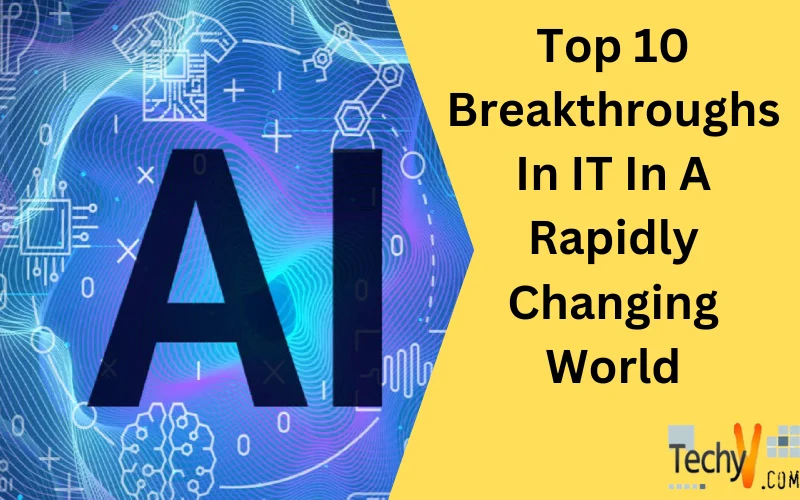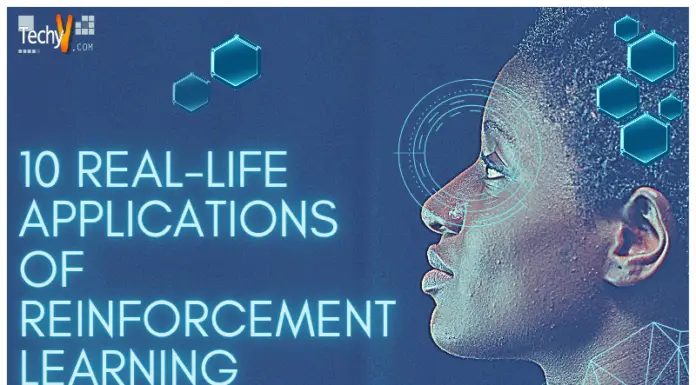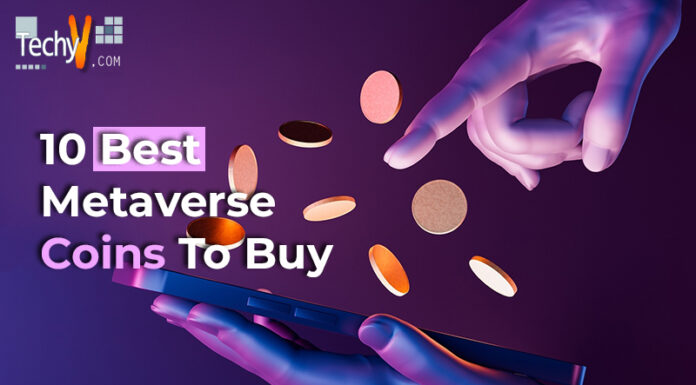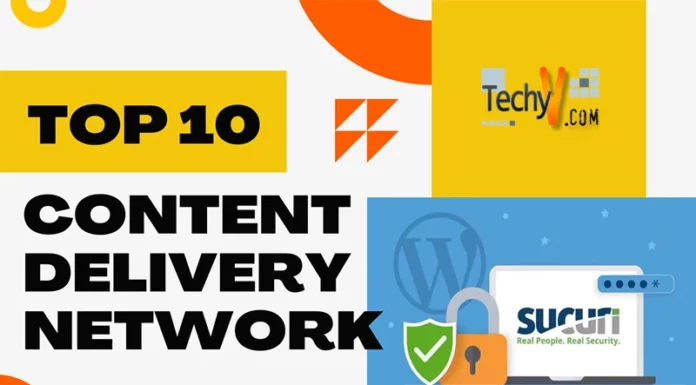In this rapidly evolving world of technology and science, we see many new emerging inventions and innovations almost every month or week. These innovations are just the beginning and a reality we cannot imagine in the current world. No one knows how the future might look it might be filled with cyborgs or maybe with intelligent robots that can think, or flying vehicles, or perhaps travel to other planetary systems, or all. This rapid technological increase also leads to rapid increases in risks and unpredictable situations, but don’t worry we are not here to talk about that. We are here to talk about the Top 10 Breakthrough in the IT industry which has and will contribute to this rapidly changing world.
1. Quantum Computing
Starting with Quantum Computing, which is one of the most emerging technologies in recent times. Quantum computing is a technology that has lots of potential in current and future markets. This technology allows humans to process and calculate things with more signicant numbers than traditional computing machines. This technology can outperform supercomputers in terms of speed and calculation. Quantum Computing is based on the laws of Quantum Physics and has lots of potential. Traditional computing machines (Computers) process data in either 0 or 1 at a time, but by use of Quantum computing, we can leverage the qubits, which can be 0 and 1 at the same time, by using superposition. This makes computers process data faster.

2. AI Enhanced Biotechnology
AI Enhanced Biotechnology is a demanding and growing field in science as it uses the power of artificial intelligence to perform various tasks, which in many ways reduces costs, human labor, risk of human life and time. In the field of medical and agricultural biotechnology, artificial intelligence is used to develop autonomous robots (which can operate on their own) that can handle general medical and farming tasks of maintenance, shifting items, etc. Identification or discovery of new smaller molecules is done using machine learning. Techniques like data capturing, monitoring, and pattern recognition can be used to improve this biotechnology-based application in current and future times.
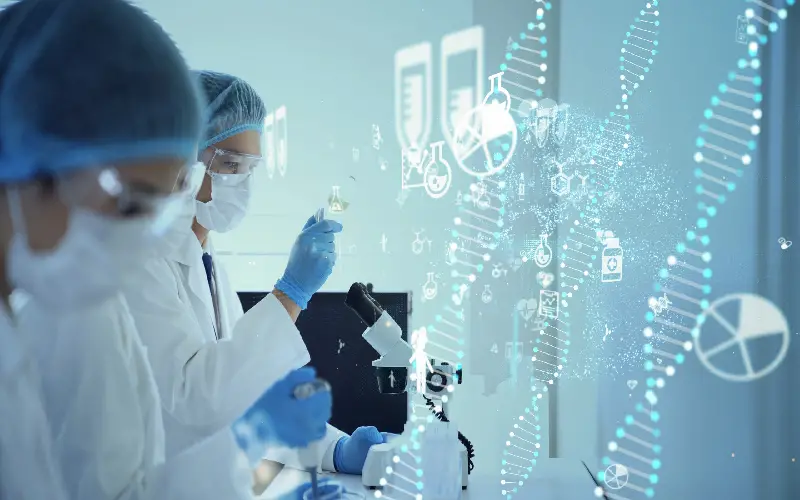
3. Web3
Blockchain technology has advanced a lot in 2023, and as companies focus more on security, the go-to solution is Blockchain. This enables them to create more products and services that are decentralized. Day-to-day data stored in cloud storage can be encrypted by using Blockchain and analysed safely in more innovative ways. NFTs (Non-fungible tokens) have become more practical as the connection between the digital and physical world has increased. NFTs can act as potential contracts for several events and parties in the physical or digital world in the future.
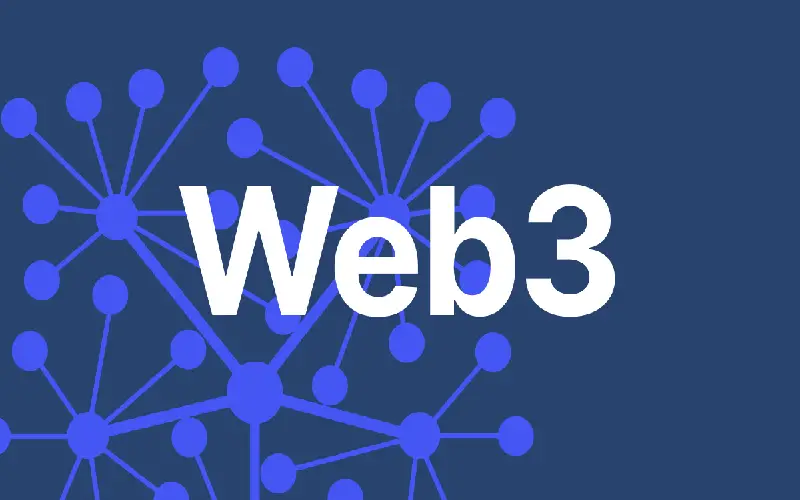
4. Edge Computing
Edge computing is a framework that enables organization applications to come closer to data sources using IoT (Internet of Things) devices and edge servers. Availability of data directly from sources benefits businesses by providing faster insights, improved response time, and higher bandwidth. Edge computing offers more efficient ways to handle device-generated data stored in the cloud or data centers. With advancements in 5G networks, edge computing can deliver even faster data analysis and deeper insights.

5. Metaverse Coming To Life
Augmented reality (AR) and virtual reality (VR), acting as the backbone of Metaverse technology, allow users to work, play, and socialize on the same platform. This concept has already given growth to a few platforms where people can meet and date online. With the combination of AI-enabled advanced avatars, Metaverse can become even more realistic and engaging for us. Several companies have already started using Metaverse technology (AR and VR) for their training and collaborative meetings and expected to advance even more in the future.
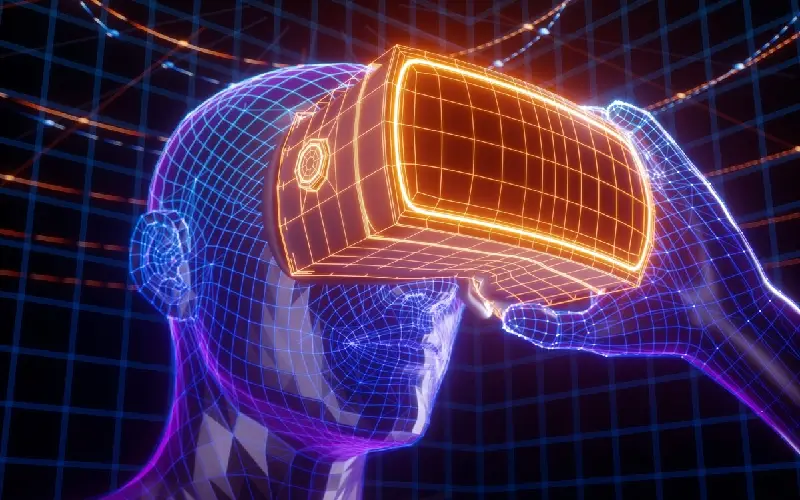
6. Editable Nature
We are in a state of time where we can alter, and make changes in plants, materials and even humans to some extent. The use of Nanotechnology helps us create materials that have self-healing capabilities. CRISPR-Cas9 is a new technology that has been around for two years. This technology enables us to edit genes, giving us the power to alter human or animal DNA. This can help humans in the long run, enabling mutation of a specific type or disabling it, editing human features such as hair, eye color, skin type, etc.

7. AI Everywhere
We all know that AI (Artificial intelligence) is the most trending technology of 2023. Using AI No-code technology, anyone can start a business, start an online store, create a website, and possibilities are limitless. Artificial intelligence has applications in nearly every business across industries. Retailer shops are using AI technology to automate and manage complex processes. AI will be the go-to option behind most start-ups in industries.

8. Autonomous Systems
Autonomous Systems has also seen rapid growth in 2023 and is expected to grow even more in the future as these robots and systems become more reliable. We have already seen many self-driving vehicles in the market, which are efficient and reliable for daily use. Autonomous systems is used as delivery robots and drones. These systems are used in warehouses to move, sort, and lift heavy objects.
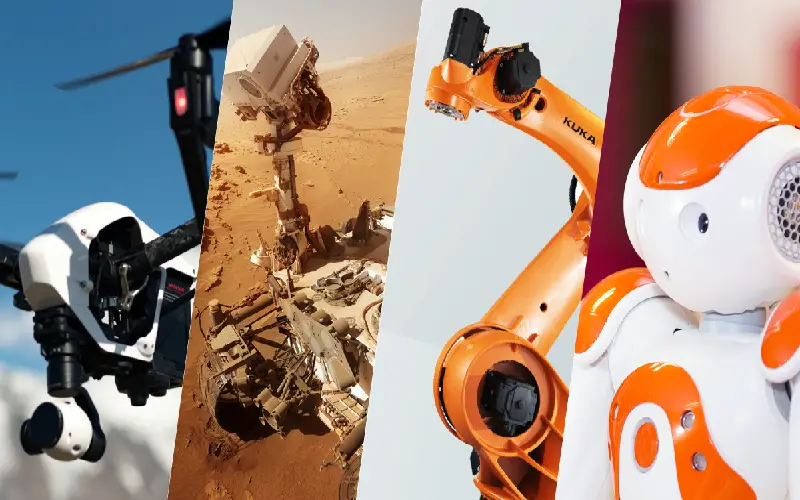
9. Connecting The Digital And Physical Worlds
Every day, an increase in technology has acted as a bridge between the digital and physical worlds. These trends might continue to grow even in the future. Technologies such as AR and VR have brought both worlds closer by connecting them. Digital twin technology, which is virtual simulations of real-world processes and operations. On top of this, a 3D printer acts is physical world component for this connection. Engineers and Designers use this to create real-world objects into digital worlds and vice versa. Designers design the product as a digital image (based on a 3D structure), which is then converted to real-world objects using 3D printer technology.

10. Sustainable energy
In 2023, the industry will see new technologies and techniques for energy systems. The electric power industry is comprised of centralized power plants, spinning, and synchronized generators. With the need for sustainable energy solutions, distribution industries are going through a change where old electric infrastructure is changing to decentralized architectures. Industries have started to focus on renewable sources of energy.



